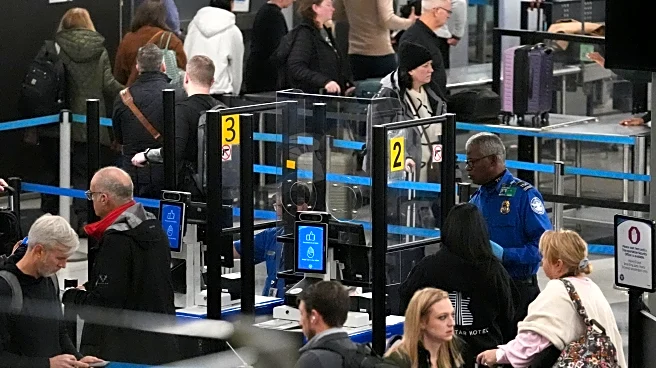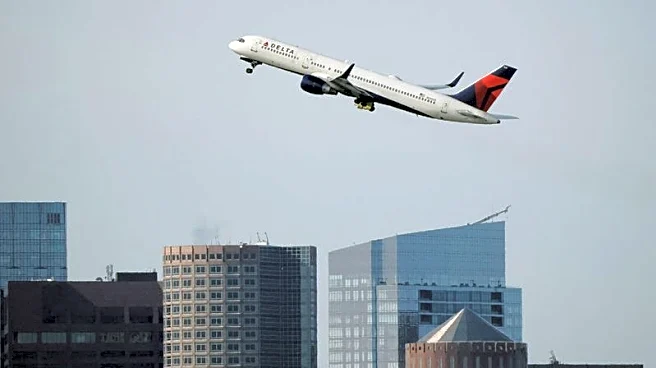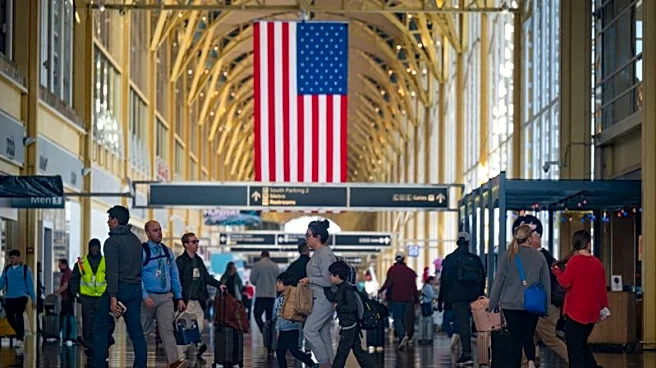What's Happening?
Spirit Airlines is facing severe financial hardship, leading to a significant reduction in its flight schedule during the holiday season. The airline has cut nearly 11,000 flights compared to last year,
representing a one-third reduction in its schedule and a loss of nearly 2 million available seats. This reduction is part of Spirit's efforts to stem losses amid its second bankruptcy reorganization. The airline's financial difficulties have historically influenced industry fares, forcing larger carriers to offer lower-priced seats. However, with Spirit's reduced presence, larger airlines may not face the same pressure to keep fares low.
Why It's Important?
Spirit Airlines' reduced operations are contributing to higher holiday travel costs, with US domestic flights expected to cost 6% more over Thanksgiving week and 7% more during the year-end holiday period. The airline's financial struggles highlight the challenges faced by low-cost carriers since the pandemic, affecting fare dynamics across the industry. As Spirit flies fewer routes, its ability to exert downward pressure on fares diminishes, potentially leading to higher prices from larger airlines like American, Delta, and United.
Beyond the Headlines
Spirit Airlines' financial woes underscore the broader challenges in the airline industry, where low-cost carriers have struggled to maintain profitability amid changing market conditions. The reduction in Spirit's operations may lead to long-term shifts in fare structures, affecting budget-conscious travelers and altering competitive dynamics among airlines.













